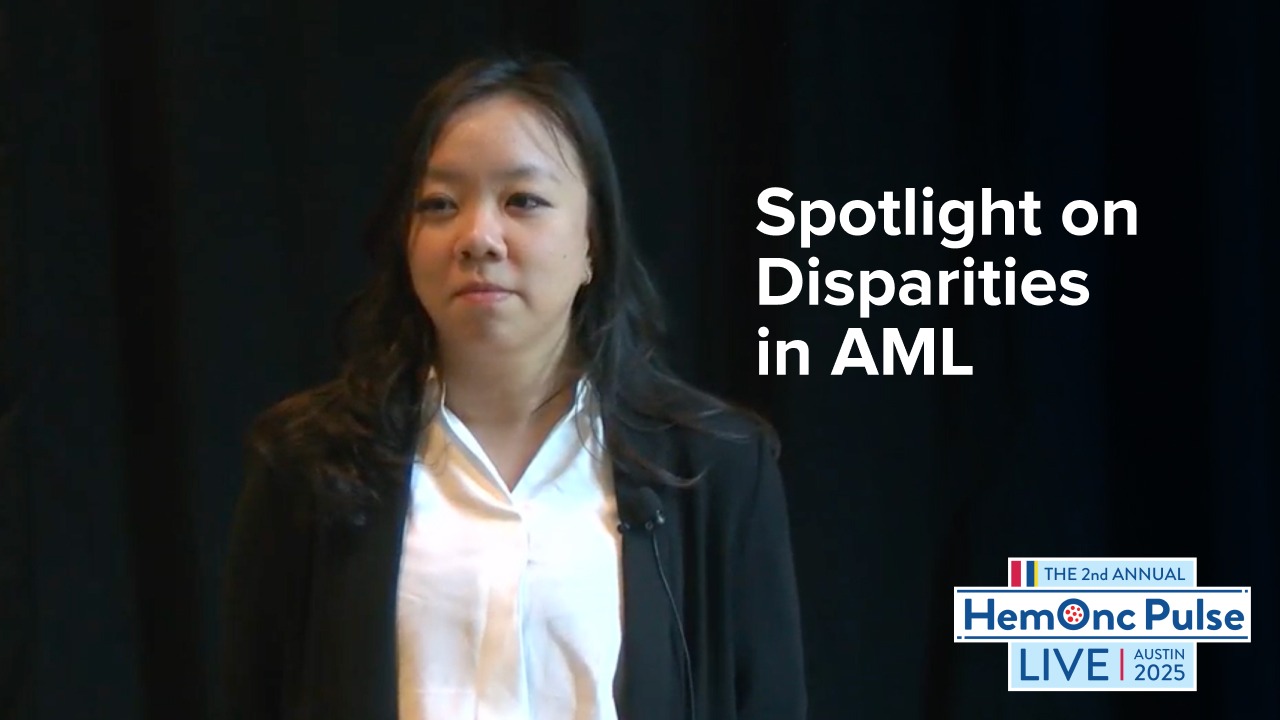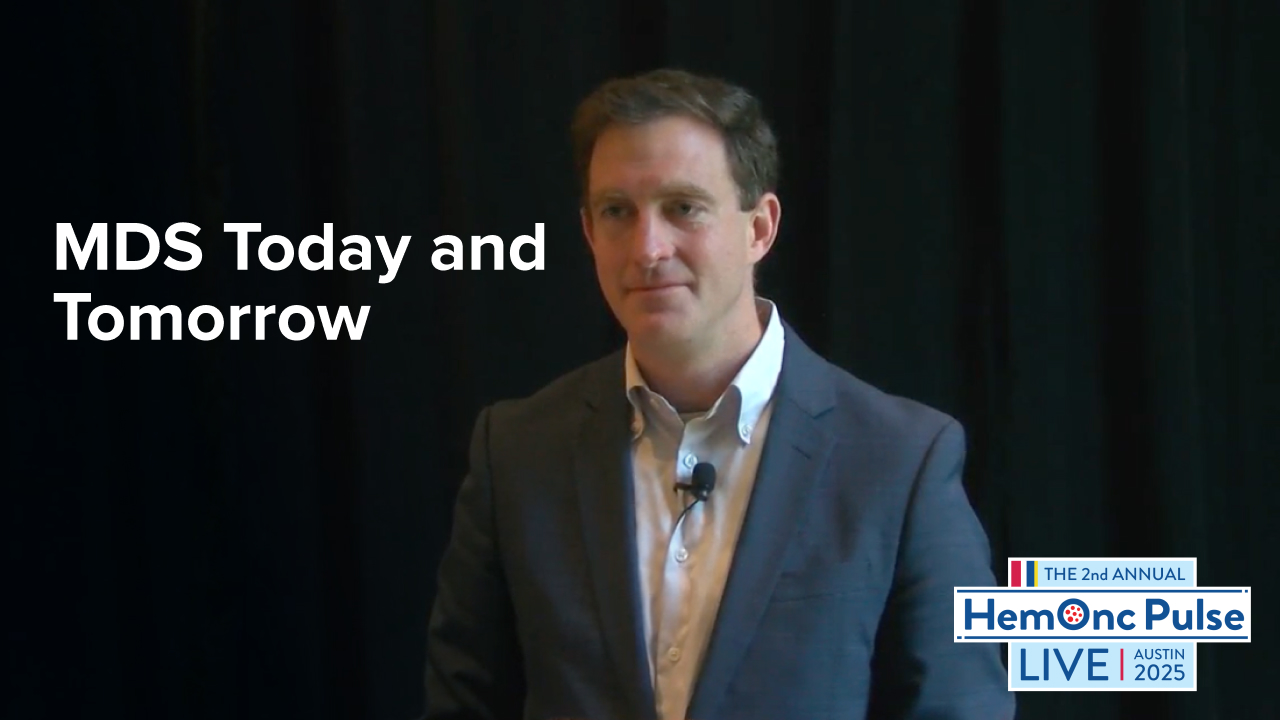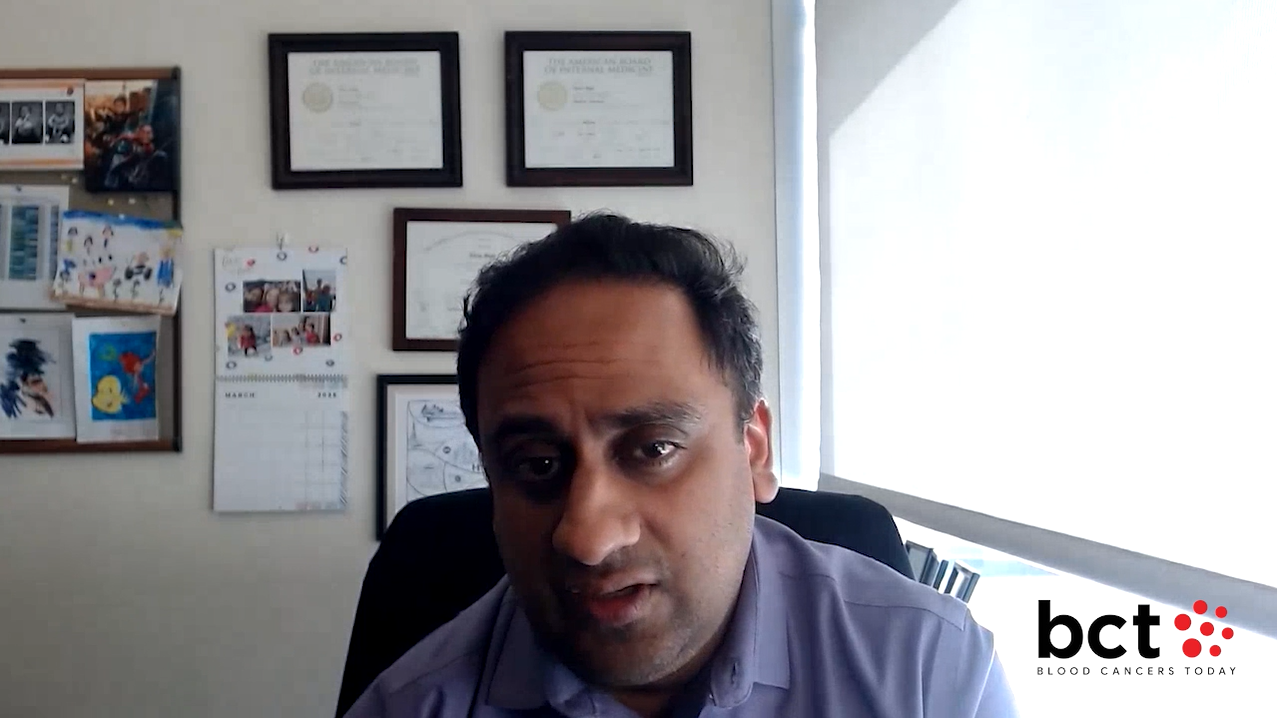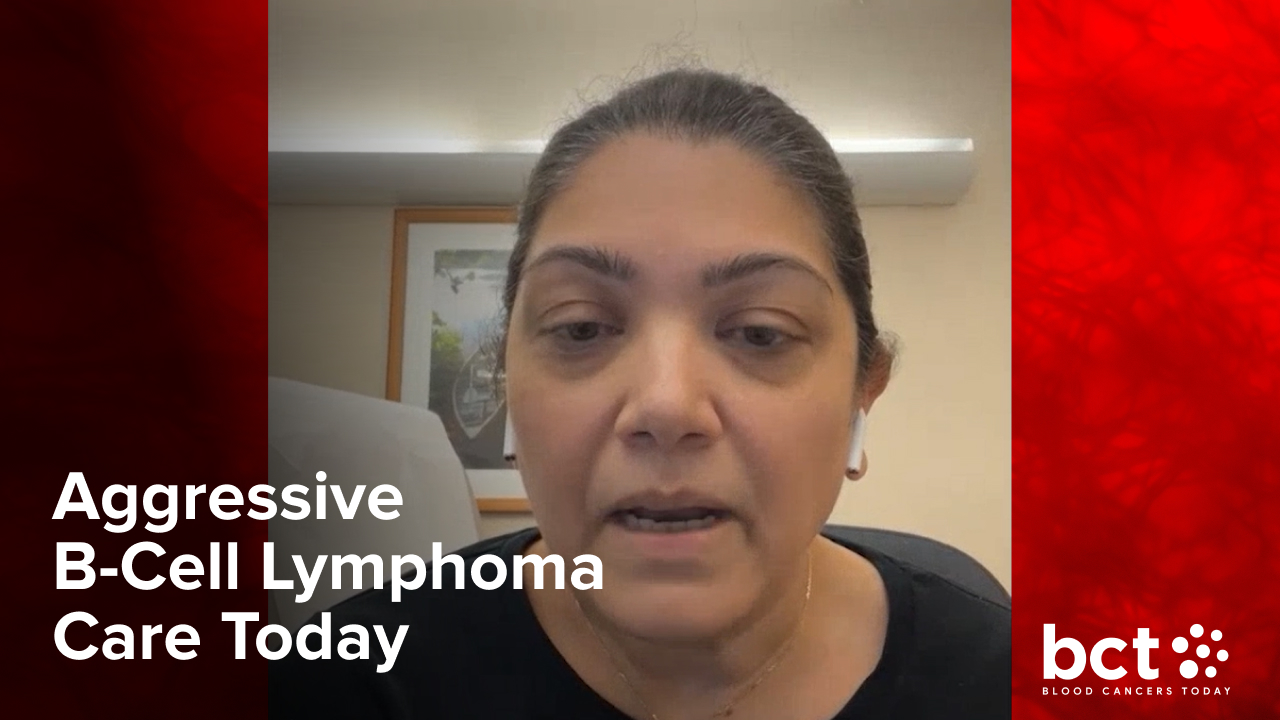Panel Discusses Maintenance Therapy, the Changing Landscape for Early-Relapse Multiple Myeloma
By Saad Z. Usmani, MD, MBA, FACP, Shambavi Richard, MD, Meera Mohan, MD, Yi Lin, MD - Last Updated: January 17, 2024A roundtable discussion, moderated by Saad Usmani, MD, of Memorial Sloan Kettering Cancer Center, focused on treatment considerations for relapsed or refractory multiple myeloma, including updated data from the 2023 American Society of Clinical Oncology Annual Meeting. Dr. Usmani was joined by a panel that included Yi Lin, MD; Shambavi Richard, MD; and Meera Mohan, MD.
In this segment of the roundtable series, the panel discusses maintenance therapy options for early-relapse multiple myeloma, including a discussion on one- versus two-drug regimens.
Watch the next segment in this roundtable series.
—
Dr. Usmani: Talking about moving from induction with or without transplant to maintenance, are you guys using single-agent maintenance or two-drug maintenance?
Dr. Lin: For us, it’s more patients who are standard risk. We are still very much doing lenalidomide maintenance, but for high-risk patients we’re doing [bortezomib] and lenalidomide combination.
Dr. Richard: We have largely started moving toward the doublet maintenance. Again, the compelling evidence from GRIFFIN and the really extraordinary MRD negativity rates that we are getting with all of that, even with standard risk or with the higher risk. In general, my go-to is daratumumab/lenalidomide. If somebody is truly standard risk, became MRD [measurable residual disease] negative right away, MRD negative post-transplant, I might consider doing a single. But I think for the majority, I generally use the doublet.
Dr. Mohan: The first choice is usually a clinical trial. We have an [investigator-initiated trial] as well as the DRAMMATIC study. That’s the first thing we offer to our patients. But otherwise, the patient who is standard risk, lenalidomide alone, even the dexamethasone has kind of taken off, we don’t really do that much then. Otherwise we try to do VRd (lenalidomide, bortezomib, dexamethasone), which is kind of modified [bortezomib] every couple of weeks or so.
Dr. Usmani: Clearly there is a move toward more than one-drug maintenance. It looks like some centers are stratifying based on whether patients are standard or high risk to include proteasome inhibitors into that maintenance schema. I think that’s consistent with what we are doing as well for our standard-risk patients at [Memorial] Sloan Kettering as well.
With that in mind, I want to ask you guys, the landscape is changing for early relapse. We had the three-drug combinations: lenalidomide-based combinations have become kind of obsolete, because of the lenalidomide usage. Then we have pomalidomide and carfilzomib-based triplets, and then we also have selinexor. What are the ways in which you determine which regimen to give patients if they’re in their first relapse?
Dr. Lin: Of course, always think about clinical trials first. Outside of clinical trials for first relapse, we still look very much at what the patient had for induction, if the patient had transplant, how soon after transplant, whether the patient is still on maintenance or not, when they relapsed, to think about picking that second regimen, because we still have some options. Often, we’ll go with something that still includes a proteasome inhibitor/immunomodulatory drug class, but next generation from what they’ve had. Since we don’t as commonly do daratumumab for maintenance unless they’re still MRD-positive, higher-risk situations, it’s not like the patient had constant pressure of daratumumab, so we do consider a daratumumab combination with the next generation of the backbones.
Dr. Usmani: Would you agree with that?
Dr. Richard: Yeah, if they are VRd triplet induction and a transplant, then I use daratumumab-based either DKd (daratumumab, carfilzomib, dexamethasone) or DPd (daratumumab, pomalidomide, dexamethasone) as my initial first relapse regimen.
If on the other hand, they’ve had quadruplet therapy initially, then I may pick something like KPd (carfilzomib, pomalidomide, dexamethasone), just the most potent from each class, the carfilzomib, or the pomalidomide, or KCd (carfilzomib, cyclophosphamide, dexamethasone). DVd (daratumumab, lenalidomide, dexamethasone) again, if they haven’t had daratumumab, DVd or DRd, depending on whether the lenalidomide was a low-dose maintenance lenalidomide or something like that.
Now we are also having these new clinical trials, which are getting to be very exciting. We’ve had the chimeric antigen receptor (CAR)-T trials with patients with early relapse, so cohort B of the CARTITUDE-2 [trial]. We also have the BMT CTN [trial], which is post-suboptimal response after the first [line]. We try to enroll people on these kinds of trials, because we’ve had transplants now for 30 years, and I think it’s time now to see if something else is a little bit better.
Dr. Usmani: This is where things are getting exciting. Earlier this year, we had the readout for the KarMMa-3 trial, and Meera, maybe you can talk a little bit about it, because all these regimens that we are talking about, the triplets, they’re the ones being compared to some of the novel immune therapies that are coming down the pike.






 © 2025 Mashup Media, LLC, a Formedics Property. All Rights Reserved.
© 2025 Mashup Media, LLC, a Formedics Property. All Rights Reserved.